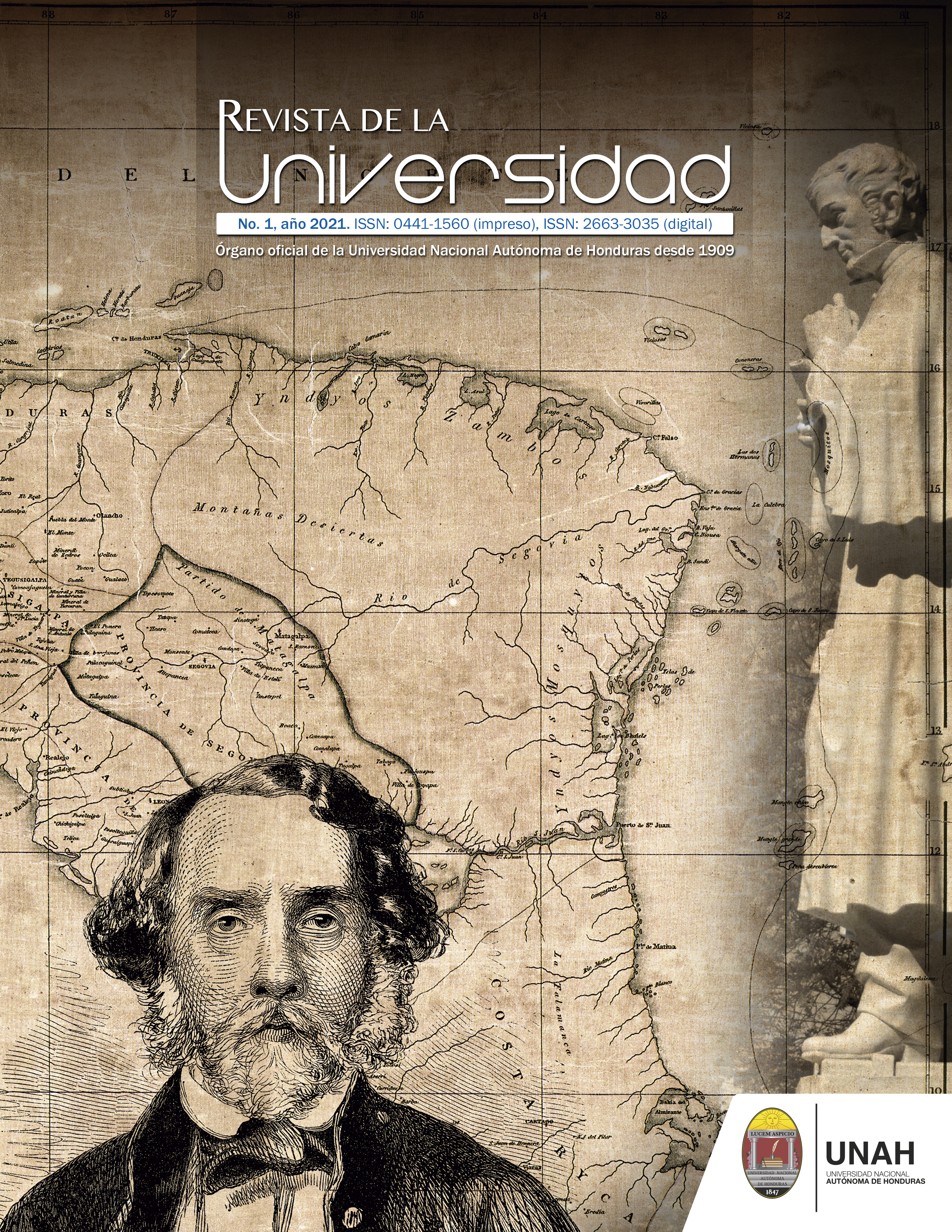Public sculpture in the nineteenth century: monuments erected in Europe to institute a national identity in Honduras
DOI:
https://doi.org/10.5377/ru.v2i2.14590Keywords:
Public sculpture, XIX century, honduran heroes, national identityAbstract
The 19th century marks the transition from former provinces subject to Spanish colonial rule and the birth of independent states in the Central American region and the American continent in general. The former Captaincy General of Guatemala was divided into the five states that after failed attempts to preserve their unity ended up becoming the current republics of Guatemala, El Salvador, Honduras, Nicaragua and Costa Rica, nations that sought different ways and at different times to build their own identity and develop their image as companies free from any foreign domination. Free perhaps in the political or economic sense, but not so culturally, since many officials and intellectuals in the region longed to appear European societies, copying architectural styles, customs, and ideas from nations beyond the ocean. In the case of Honduras, it is in times of the Liberal Reform towards the last quarter of that century, that the Honduran State looks at the example of El Salvador and its monuments in honor of Francisco Morazán (1792-1842) when the idea of honoring in sculptural ensembles the memory of illustrious Hondurans who helped to cement an idea of a Honduran nation. It starts then an institutional policy to give a cultured image to the newly named capital Honduran: Tegucigalpa, which replaced Comayagua in 1880 as the seat of the three powers of State and whose economic growth and political influence should also be reflected in the decoration and adornment of its public spaces.
569
Downloads
Published
How to Cite
Issue
Section
License
Copyright (c) 2022 Revista de la Universidad

This work is licensed under a Creative Commons Attribution-NonCommercial-ShareAlike 4.0 International License.




